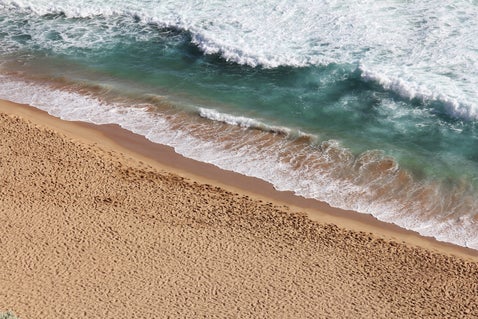The Magic School Bus on the Ocean Floor
The Magic School Bus on the Ocean Floor takes readers on an exciting underwater adventure with Ms. Frizzle and her students as they explore the ocean floor and learn about plate tectonics and the Earth’s geological processes.
Written By Joanna Cole
Illustrated by Bruce Degen
Read Aloud: Artificial Intelligence is a Blast with Tynker
Own it: Amazon.com : magic school bus on the ocean floor
Grade Level focus: 2nd-6th
Teaching focus: The book focuses on teaching kids about the ocean floor, plate tectonics, and the movement of Earth’s crust. It’s a great resource to pair with lessons about natural disaster like hurricanes and tsunamis, which can be caused by shifts in the Earth’s plates.
Addresses NCSS Themes:
- People, Places, and Environments
- Time, Continuity, and Change
MI State SS Standards
2-H2.0.2: Examine different perspectives of the same event in a community and explain how and why they are different.
6-G1.2.1: Apply the skills of geographic inquiry to analyze a geographic problem or issue.
Possible Essential Questions
- How do plate tectonics affect the environment?
- What is the connection between plate movement and the formation of landforms?
- How do different natural features like mountains, valleys, and volcanoes form due to tectonic activity?
Short Summary:
The Magic School Bus on the Ocean Floor follows Ms. Frizzle and her students as they take a field trip to explore the ocean floor. They learn about plate tectonics, the Earth’s crust, and how the movement of tectonic plates can shape landforms such as mountains and volcanoes. The book explains complex geological concepts in an engaging and easy-to-understand way, making it an excellent resource for teaching kids about Earth’s physical processes.
Additional Features:
- Fun illustrations of the ocean floor and tectonic plates
- Interactive learning about geological processes and the science behind earthquakes, volcanoes, and landform creation
- A great introduction to understanding Earth’s natural features and how they are shaped by plate movement
Resources for further reading /Related lesson plans:
- PBS Learning - Plate Tectonics
Related Primary Sources:
- Cole, J., & Degen, B. (1994). The Magic School Bus on the Ocean Floor. Scholastic.

The Solar System
Written By Emily Bone
Illustrated by Terry Pastor and Tim Haggerty
In- Person Talk
Own it: https://www.youtube.com/watch?v=DXc7aTEJRcM&t=2s
Grade Level focus: 6th-8th
Teaching focus: The Solar System – learning about how the sun, earth, and moon affect each other.
MI State SS Standards
MS-ESS1-1 Develop and use a model of the Earth-sun-moon system to describe the cyclic
patterns of lunar phases, eclipses of the sun and moon, and seasons
MS-ESS1-3 Analyze and interpret data to determine scale properties of objects in the solar
system
Possible Essential Questions
- Why do we have seasons, and how does Earth's axial tilt create them?
- How does the angle of sunlight affect temperature and daylight hours throughout the year?
- What causes the lunar eclipse?
- What is the difference between a solar and lunar eclipse?
- What are the phases of the Moon, and how do they change over time?
Short Summary:
The Solar System introduces young readers to the planets, moons, and celestial bodies that make up our solar system. It explains the relationships between the Sun, Earth, and Moon, providing detailed yet accessible explanations of lunar phases, eclipses, and seasonal changes. With engaging illustrations and easy-to-understand text, this book supports learning about space systems with real-world connections.
Additional Features: (end pages, author’s note, timeline, etc).
- End pages with fun space facts
- Author's note explaining the importance of space exploration
- Timeline of key discoveries in space science
Resources for further reading /Related lesson plans:
- NASA’s "Moon Phases and Eclipses" lesson plan
- Interactive simulations from ExploreLearning Gizmos
- Hands-on activities from the National Science Teaching Association (NSTA)
Related Primary Sources:
- NASA images and videos of lunar and solar eclipses
- Historical records of past eclipses
- Data from space missions such as the Lunar Reconnaissance Orbiter

Create Your Own Website With Webador